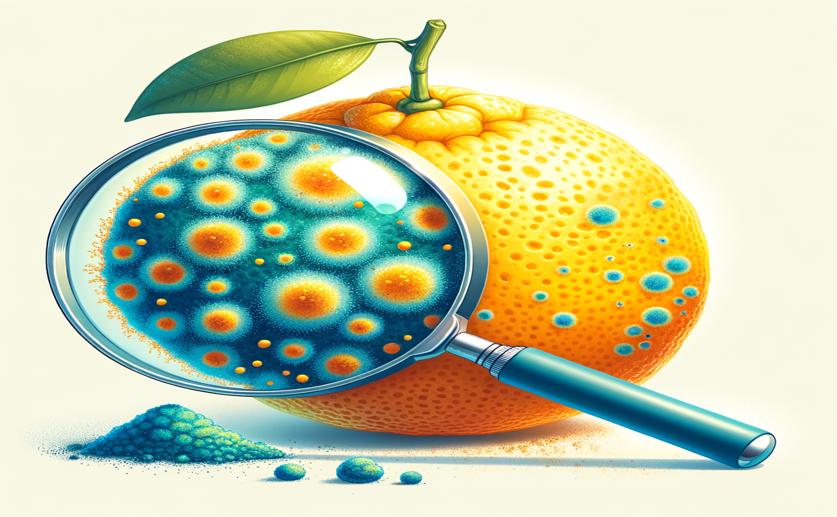
Studying Light Behavior in Citrus Infected by Blue Mold
Jenn Hoskins
16th August, 2024

Image Source: Natural Science News, 2024
Key Findings
- Researchers at Nanjing Agricultural University studied how light interacts with infected Nanfeng tangerines and Gannan navel oranges to detect early fungal infections
- Infected fruits showed increased light absorption at 482 nm and decreased absorption at 675 nm, indicating changes in pigment levels
- Monte-Carlo simulations revealed that light at 482 nm penetrated less in infected tangerines, suggesting higher sensitivity to infection
- Models developed by the researchers accurately distinguished between healthy and infected fruits, with accuracy rates of 95.24% for tangerines and 98.67% for oranges
References
Main Study
1) Assessment of optical properties and Monte-Carlo based simulation of light propagation in citrus infected by Penicillium italicum.
Published 15th August, 2024
https://doi.org/10.1016/j.foodres.2024.114787
Related Studies
2) Inhibitory Effect of 7-Demethoxytylophorine on Penicillium italicum and its Possible Mechanism.
3) Phomopsis longanae Chi-Induced Changes in Activities of Cell Wall-Degrading Enzymes and Contents of Cell Wall Components in Pericarp of Harvested Longan Fruit and Its Relation to Disease Development.



 1st July, 2024 | Jenn Hoskins
1st July, 2024 | Jenn Hoskins